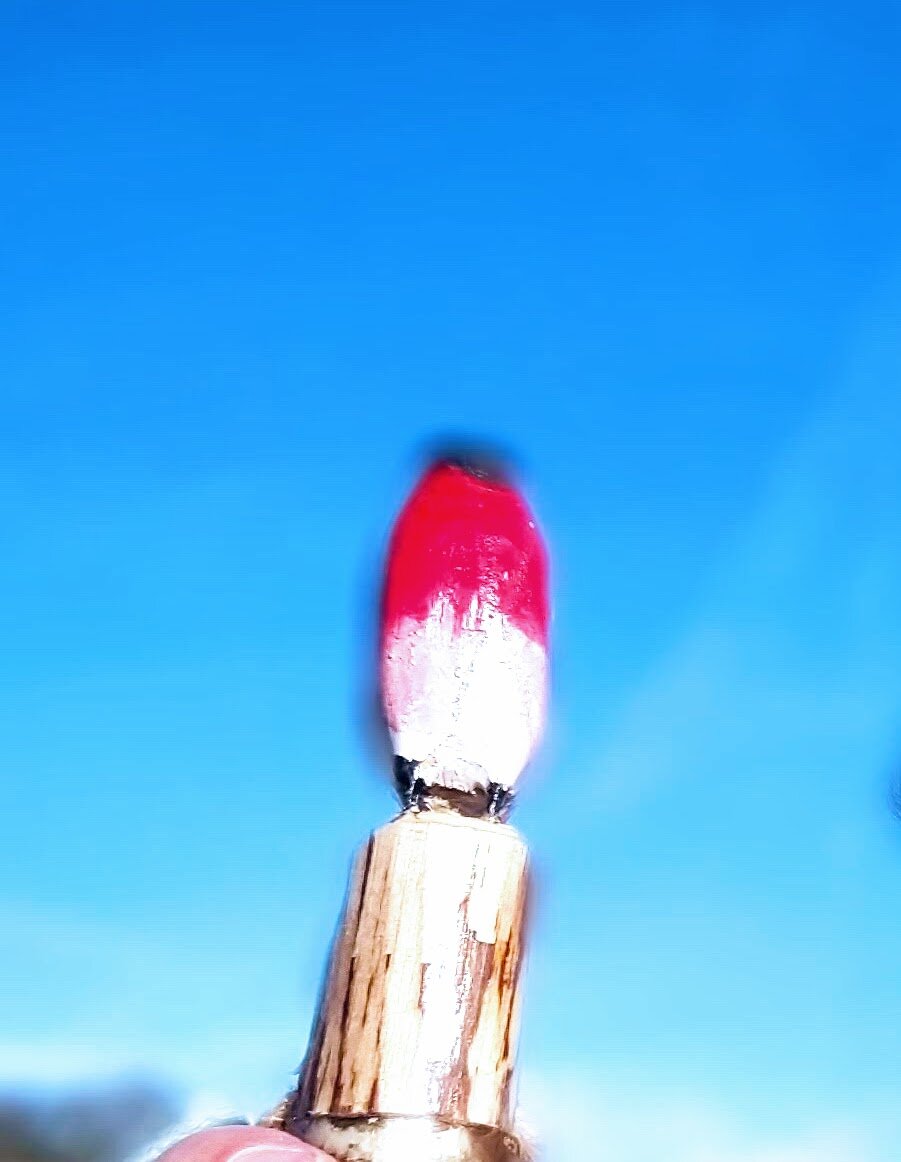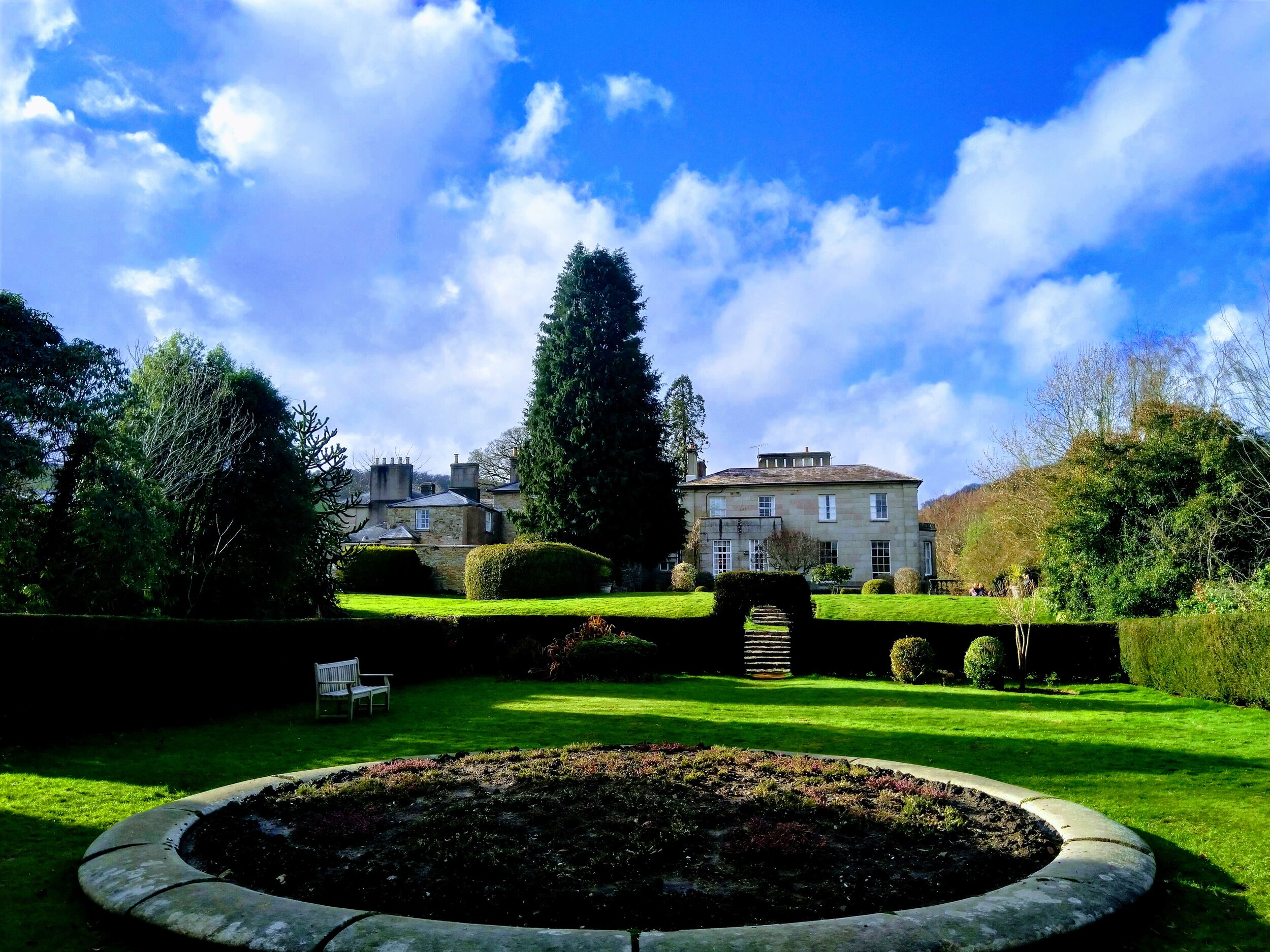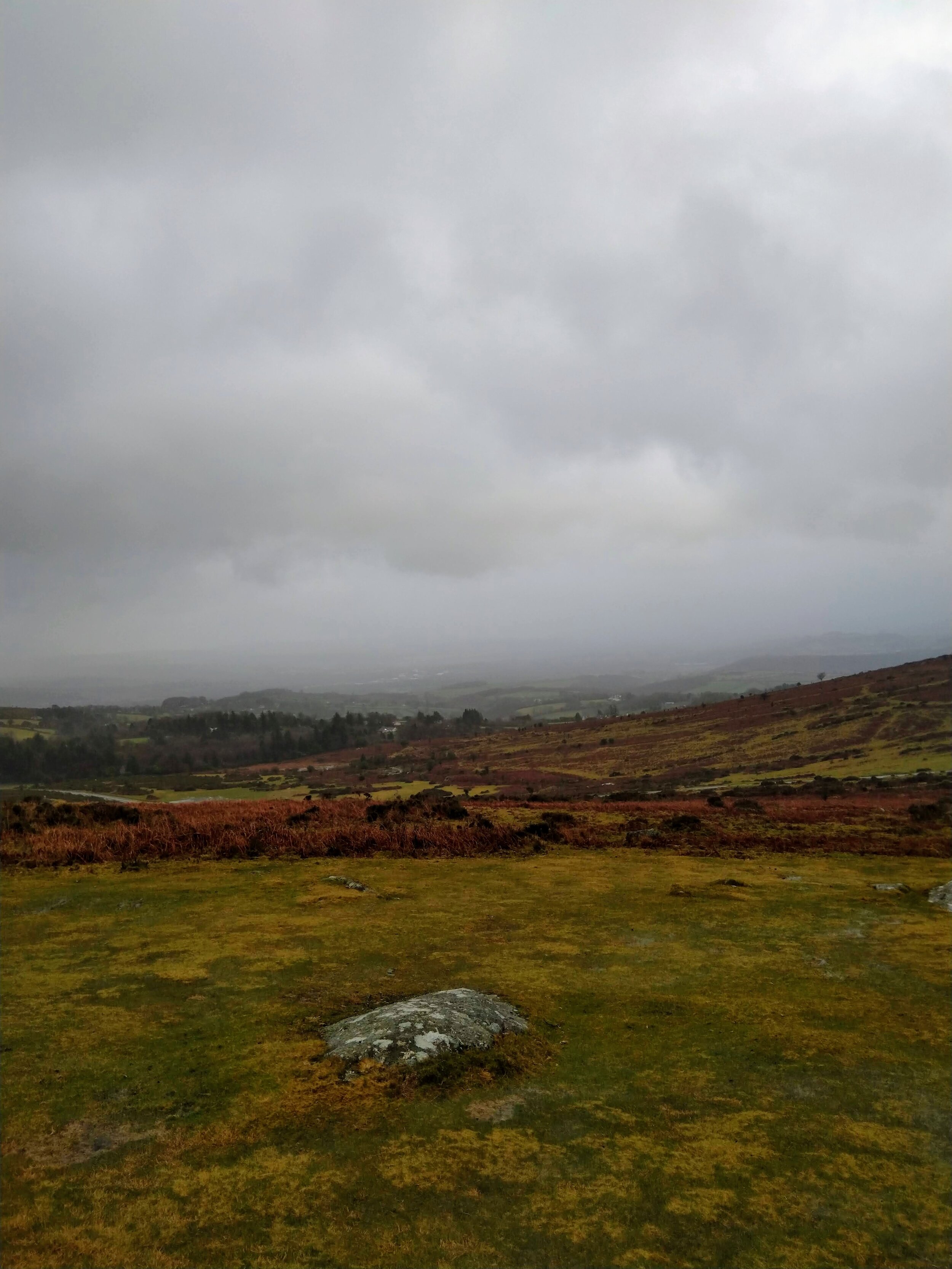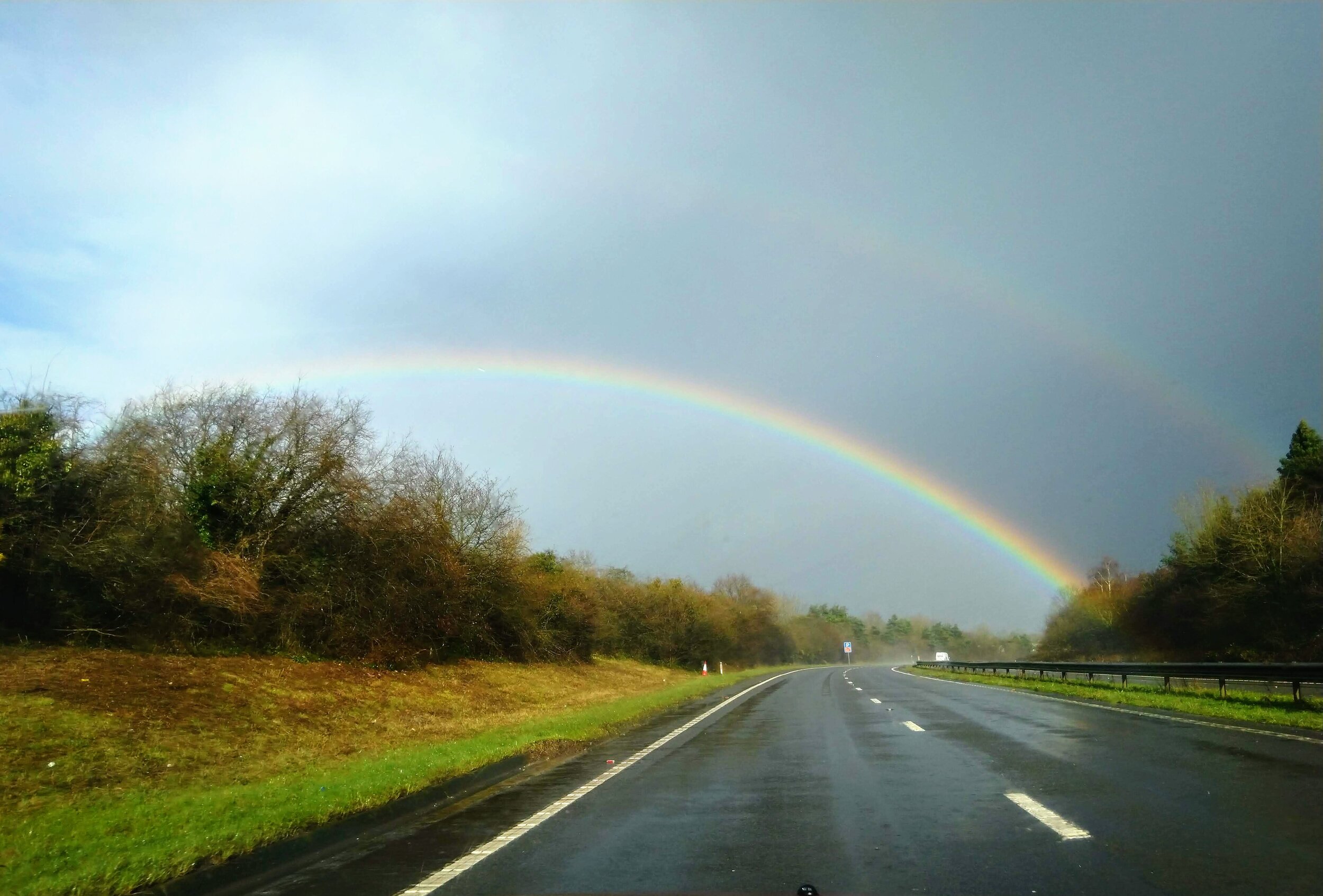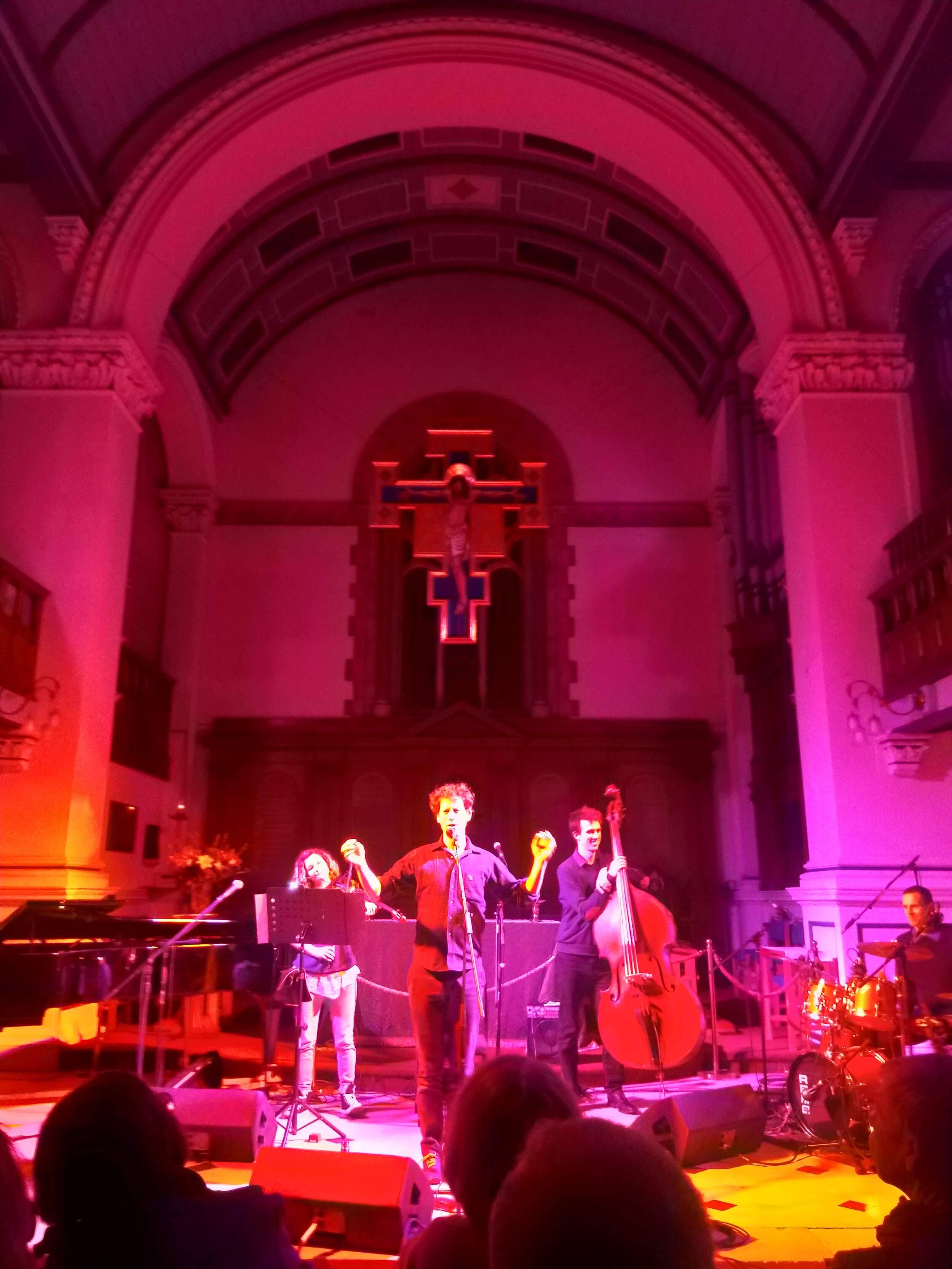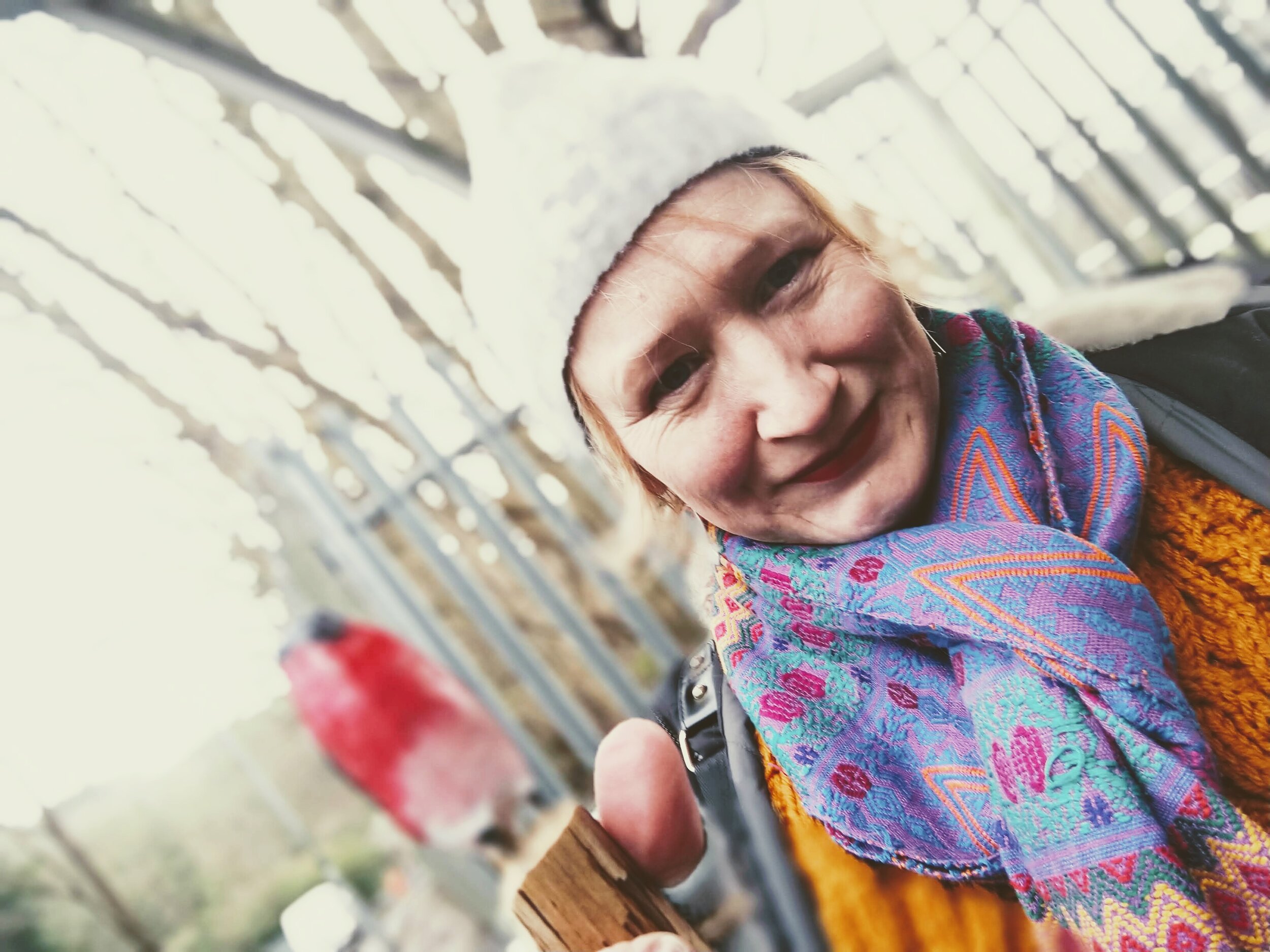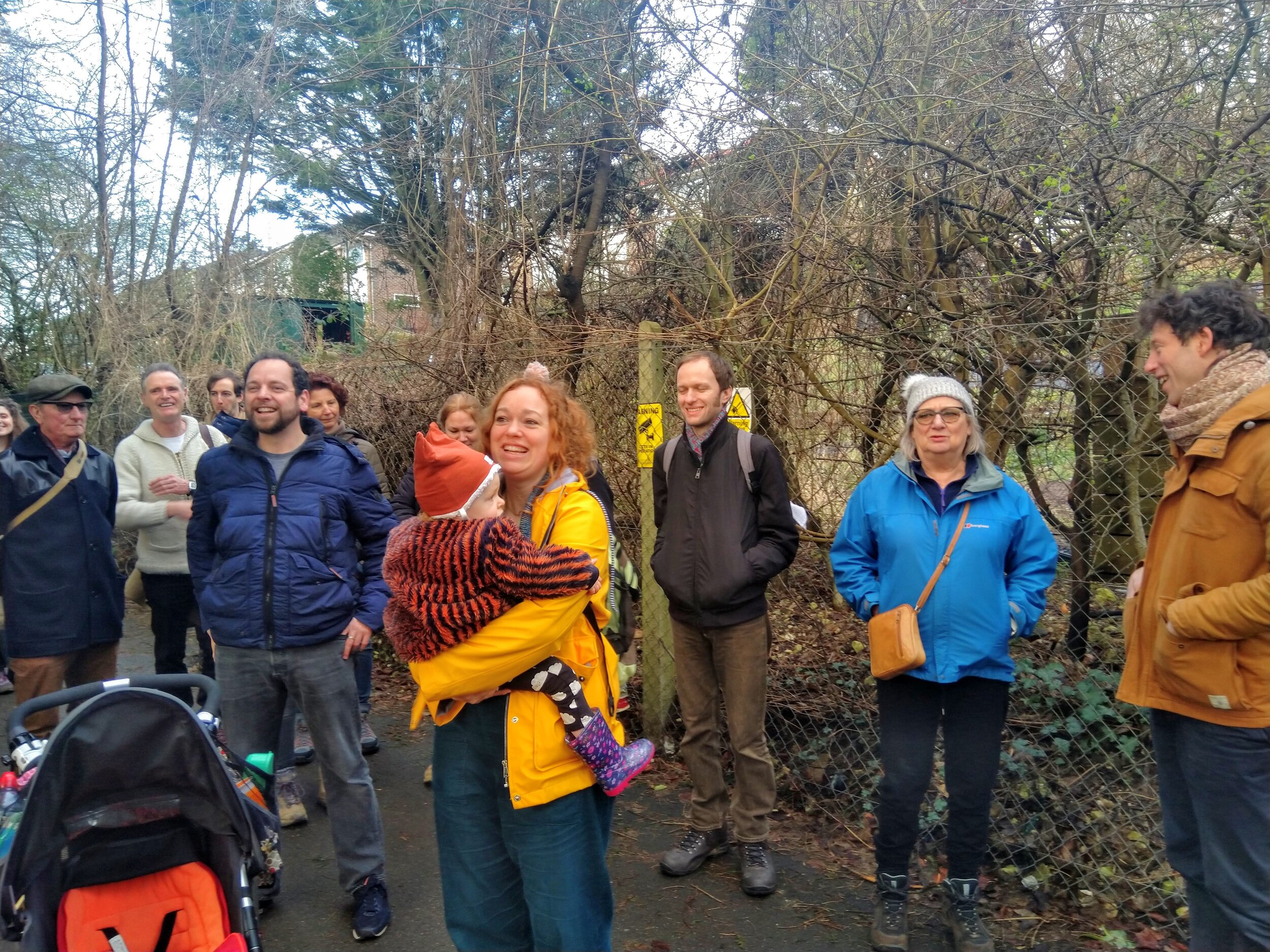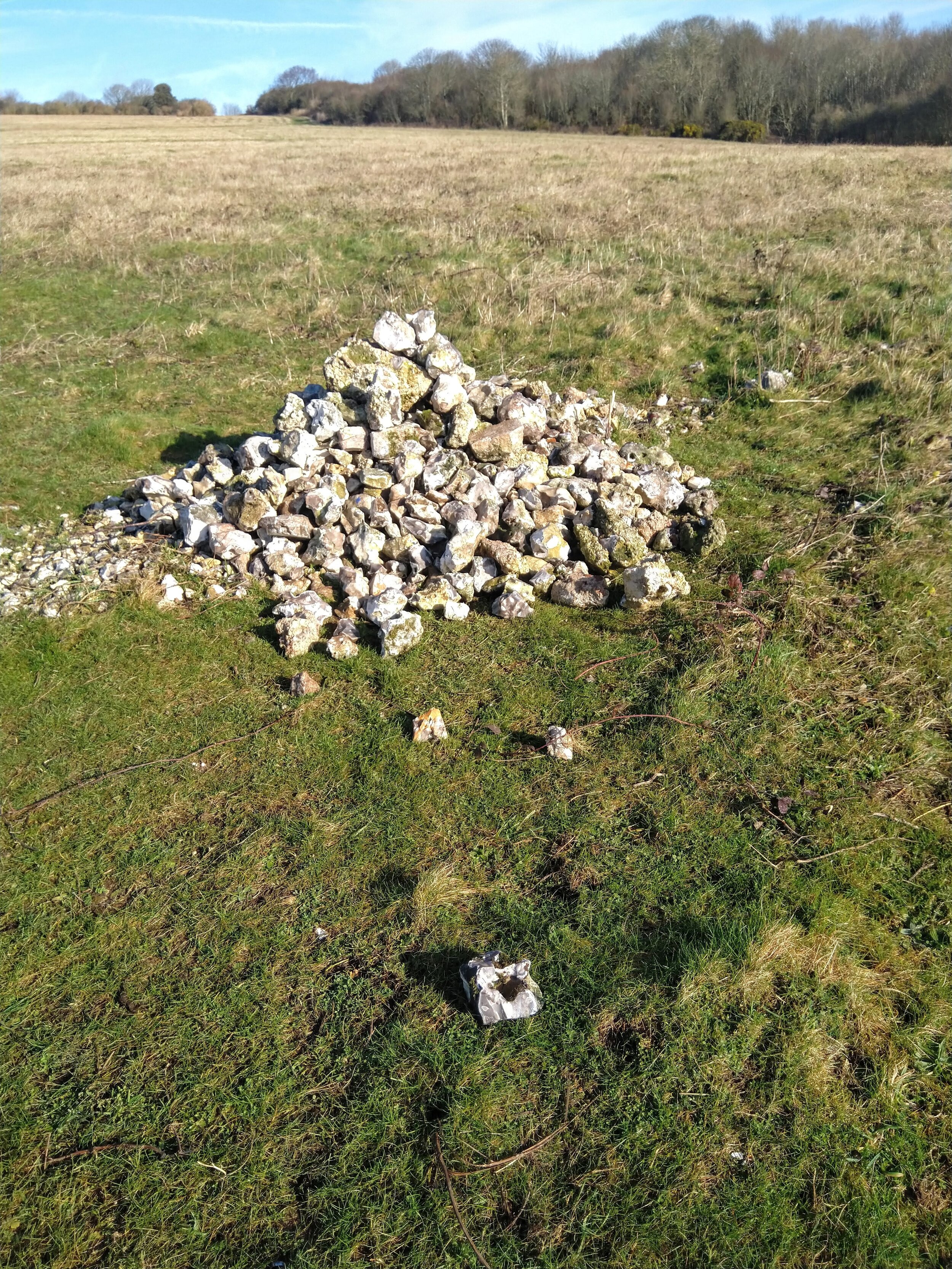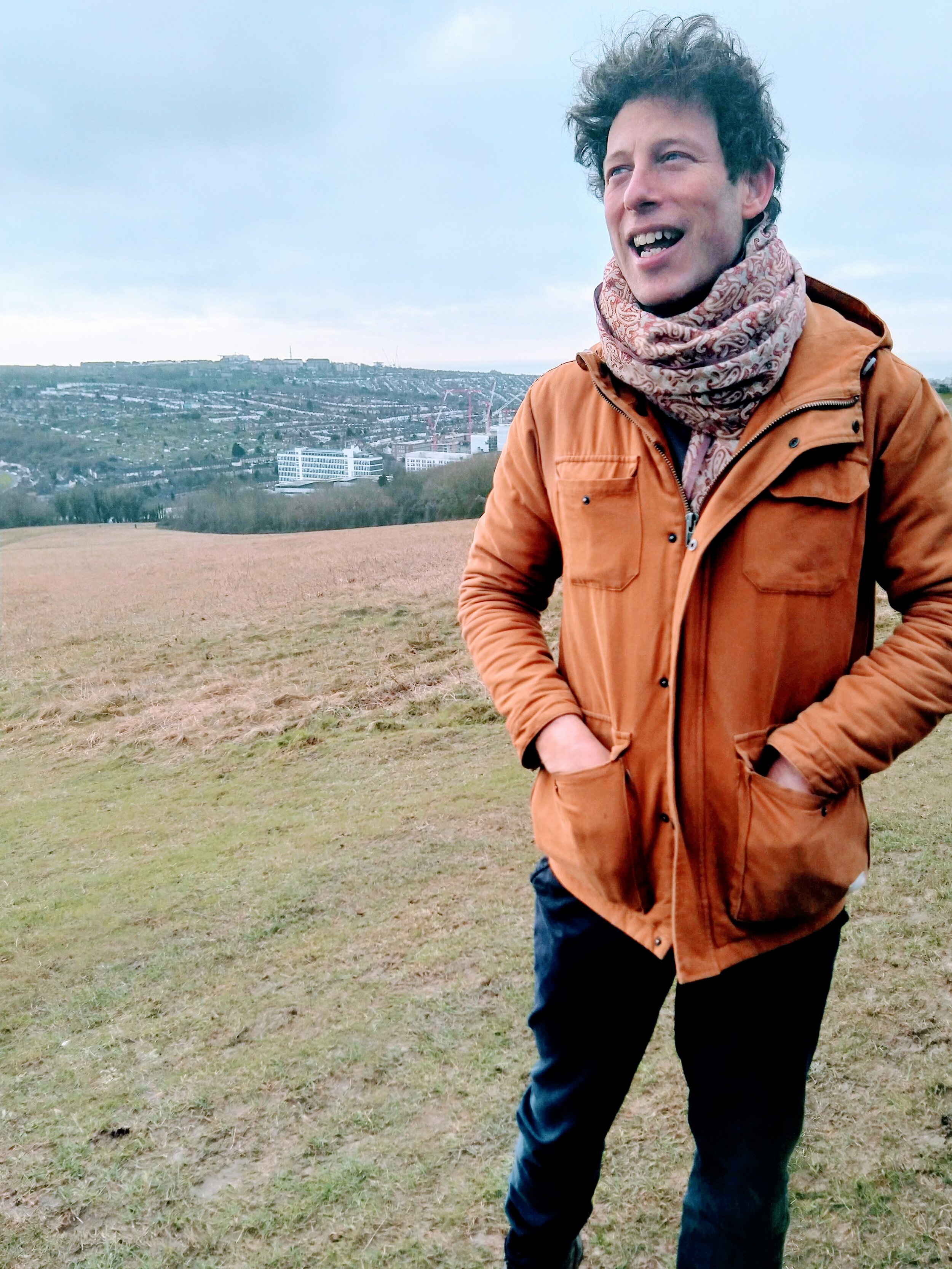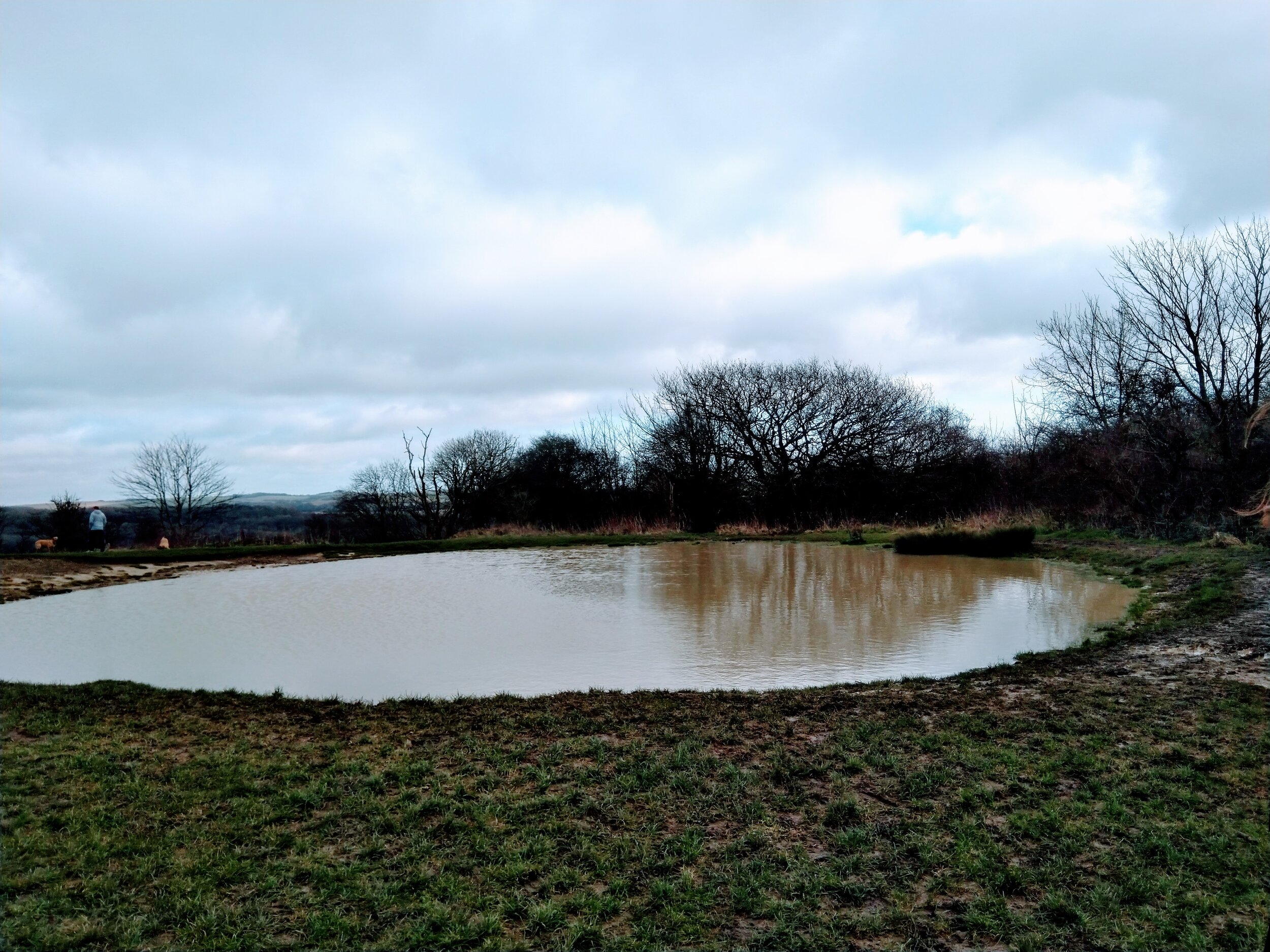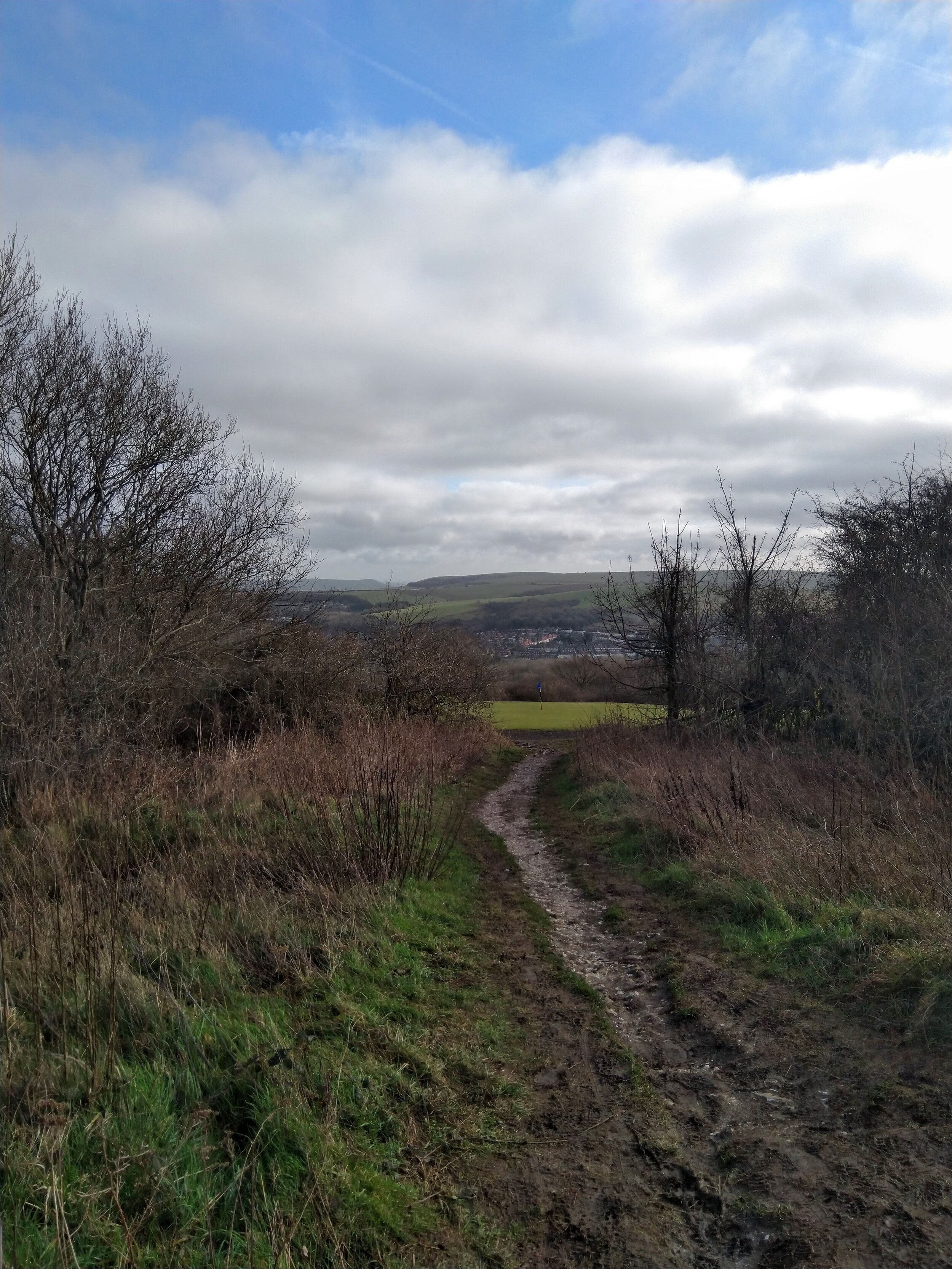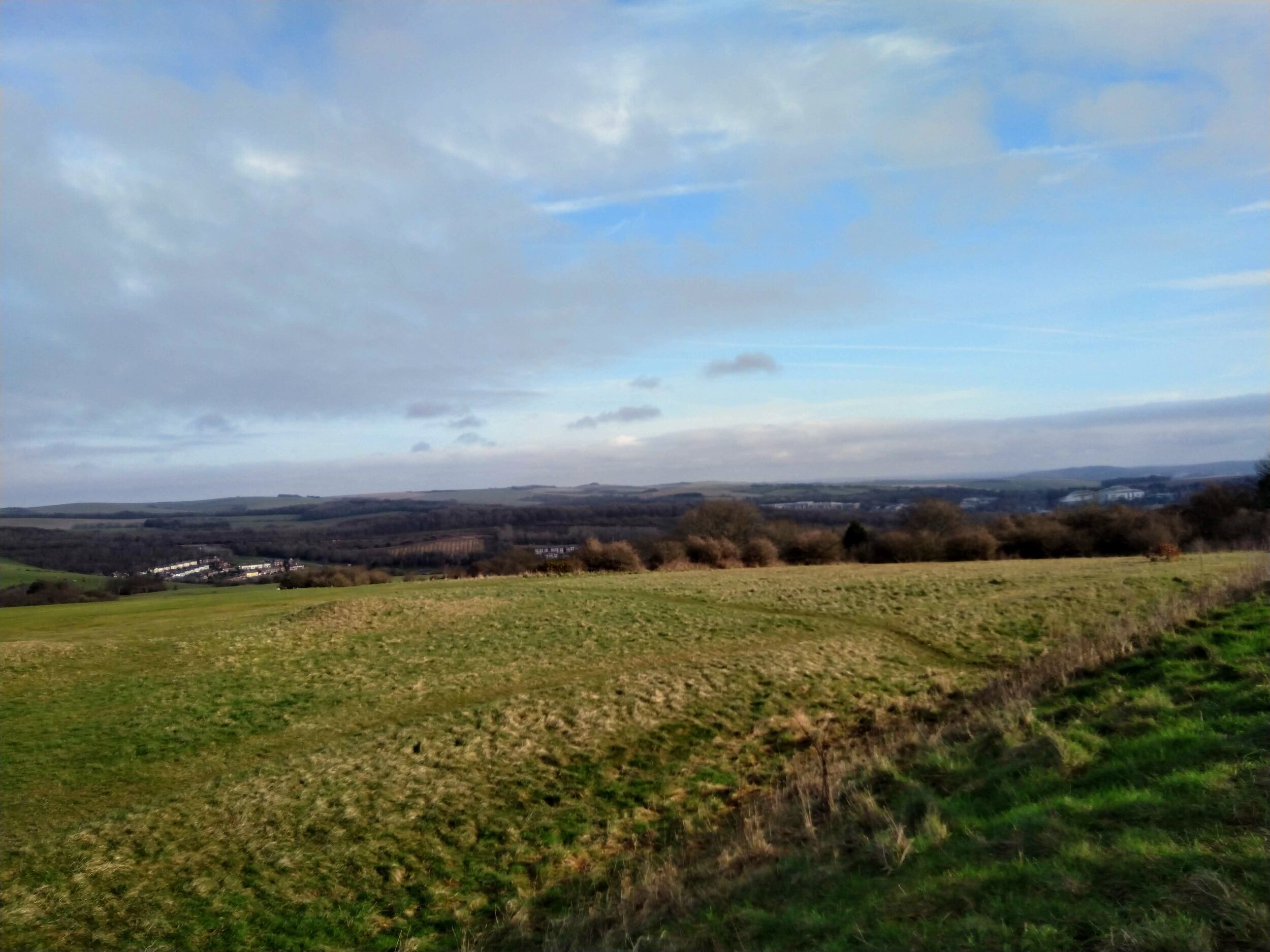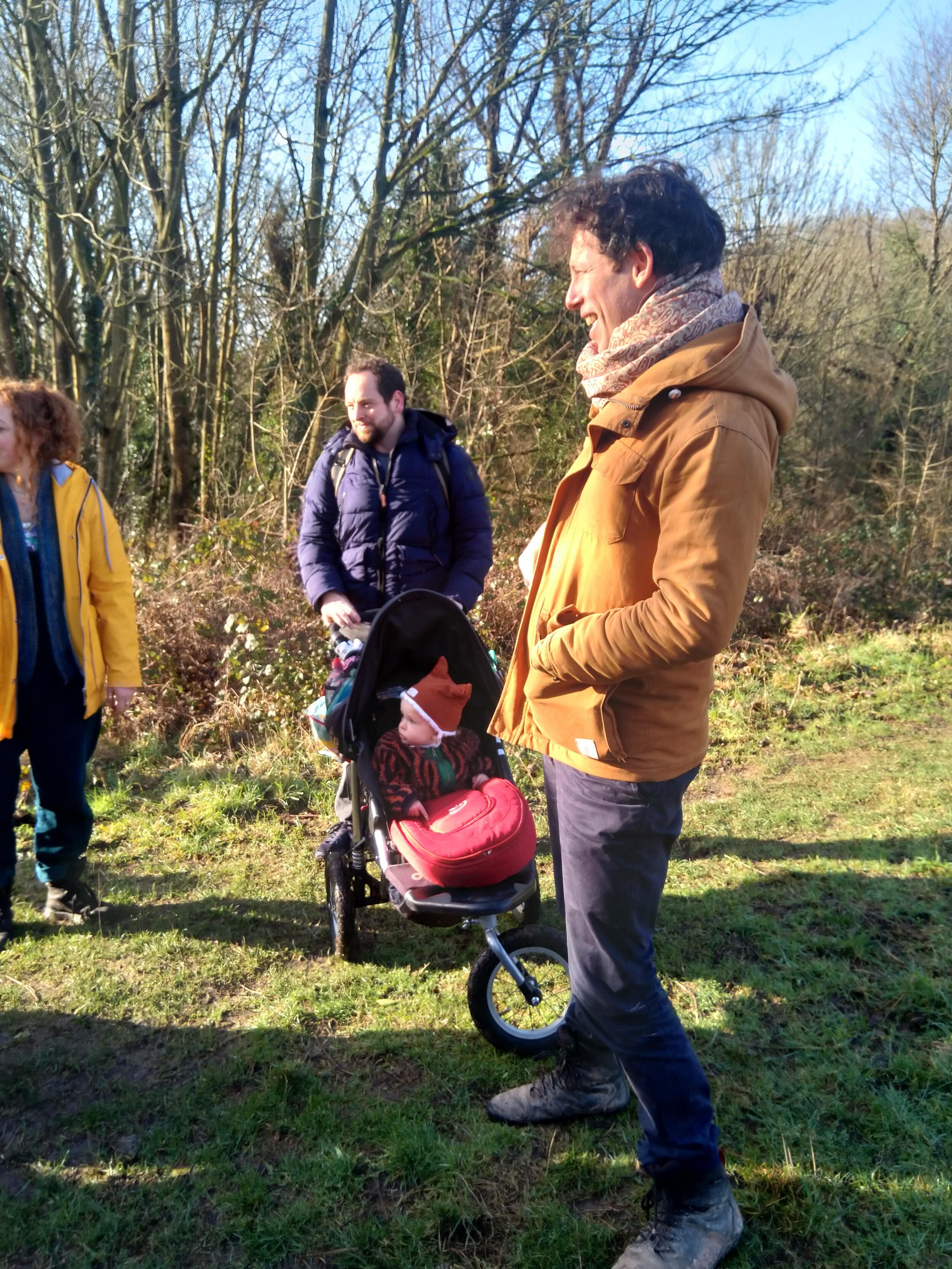Bullfinch sang me a song of love
My bullfinch staff carved by Del, Westcountry School of Myth
The language of birds is the language of love. So sang the bullfinch from the branches of the gentle, old cork oak tree in Colehayes Park, Bovey Tracey, as Storm Ciara began to catch the skirts and snatch the hats of those heading down from the wilds of Dartmoor to shelter from the giants’ strides.
A wandering court
I was gripping my new bullfinch staff, a gift from its maker (the bright red chest of this black capped bird, puffed out with song, had caught my eye), as I sank back into the corked folds of the tree that tasted of port wine from the banks of the Douro River. I was leaning there imagining how barrels and wine casks would have sailed into the ancient port at Tintagel, brought by Portuguese traders, to fill the banqueting jugs on the tables of the summer palace built by Richard, Earl of Cornwall, high up on the cliffs hugging a sea ruled by Manannan Mac Lir. This palace was Richard’s extravagant gift for his new wife, my ancestor grandmother Isabel Marshal, a golden beauty of her day and already widowed after a 13 year marriage to the great love of her life, Gilbert de Clare, noble knight and Magna Carta baron. Isabel was enchanted by the tale of Tristan and Isolde, just as most ladies of the medieval courts of the time had been.
A small dance of feathers directly above brought me out of my reverie, and I could see from the flash of pink red breast, black cap and grey wings this was a bullfinch. I never see these shy birds and now two had come within a day. What was this little bird trying to tell me? Inside, my own storm was raging, a storm of the heart, the storm of Tristan and Isolde, caught amidst an epic telling by master storyteller Martin Shaw to his Wandering Court at his Westcountry School of Myth this Devon weekend.
Old Wow
The bullfinch has a wonderful gift of mimicry I discovered after I arrived back on dry land in Sussex. I had been buffeted by the high winds, needle sharp rains, and a hairy five hour drive home lashed by horizontal sheets of water, pierced by the sun which created a myriad of mythic rainbow bridges to pass through. I had also brought home a heavy heart, as old wounds of betrayal had been cracked open by the story, their scars itching yet again, and I was in need of song. The bullfinch was telling me that much at least. Later in the week, I found the soulful voice of folk singer Sam Lee, in the Regency beauty of St George's Chapel in Brighton, performing a concert to promote his new album Old Wow. Sam keeps old songs alive, those passed down through the centuries in local communities and traveller groups; songs that have a timeless beauty and sensibility. Sam artfully got the audience singing together, mimicking his tune like bullfinches, filling the rafters with our collective voice. I came home and found myself singing Scarborough Fair, the only folk song I know by heart. I resolve to learn more.
The next morning I’m woken again by a song, this time on the radio. I’m startled yet somehow not surprised to hear it was the song of the bullfinch on Tweet of the Day. Three times in a week, this little bird had called to me – three times a sign – what was he wanting to wake up in me?
The walk
I kept turning this question over in my mind as I made my way to the foot of Hollingbury Hill in Brighton, where we were meeting Sam with the local Friends of the Earth group, to go walking with the songs of this landscape. I bring my bullfinch staff and he is admired by the group of 20 or so who had gathered, including a couple from my hometown Portsmouth. It turned out they live just around the corner from my old childhood home (long since burned to the ground), opposite the Pier.
As we begin to climb the steep chalk path past allotments and council houses, the cold morning air gave way to warm sunshine. Cuckoo pint – also known as Lords and Ladies- is starting to unfurl its poison, and buds and new shoots are sprouting from bare twigs on the trees and bushes. This budding life tastes sweet with the warmth on our backs. We walked on up the grassy slope, along a desire path (a path trodden away from the designated footpath, that leads directly to the source of our heart’s desire), past a cairn made by fellow hikers who have dropped flint stones onto the pile as they pass. We stop to hear the first, early song of larks ascending, sounding their joy at the approaching spring. The woman from Portsmouth spots a large buzzard, gliding, wings outstretched, above the treeline, looking for its breakfast.
Sam explains how birds have much heightened hearing senses compared to humans, and how the lark is unique in being able to sing constantly without pause. I ask him about the bullfinch, and he is sure there must be some folklore surrounding this stocky little bird with a rasping voice. I vow to forage in the undergrowth some more for its message.
On top of the hill, the view now fully unfolds. Ahead is the peak of Whitehawk Encampment, our local Bronze Age ceremonial site older than Stonehenge. Sadly, this scheduled ancient monument is already damaged by illegal building 30 years ago, and cut through by the race course and a road built much earlier, and bordered by the imposing workhouse, now a hospital. The site is still under threat from further overdevelopment and a new housing plan. You can visit the bones of the young woman and her baby buried near one of the entrances to the camp, and stare into her beautiful face reconstructed in Brighton Museum.
Scanning the horizon westwards from Whitehawk Hill, the sea sparkles as the blades of the Rampion wind farm turn and turn. We learn that the field in which we are standing is filled with wild strawberries in June, their sweet red fruit ripe for the picking to stain our lips, and perhaps those of our lovers, as we lie in the long grass. The lark is still singing.
Then Sam remembers a Scottish folksong to the lark and sings it right there on the hillside. A magical interlude. We walk on to the Iron Age hill fort, an ancient island in the middle of a golf course, with its barrows and commanding views 360 degrees across the Downs to the sea. From here you can see that we are in direct alignment to the Celtic fort atop Mount Caburn, and Firle Beacon to the East. To the West, the temple at Chanctonbury Ring and Cissbury Ring, with its Neolithic flint mines and skeleton of a young maiden found tied and bound, thrown headfirst into a chalk pit, a suspected sacrificial offering to the old gods. From here, the line of green-back whales is clearly visible, a pod diving down towards the waves that lick the pebble shores of Sussex. This is a hill fort built to display the status of the tribe. We progress, beating the boundary past the trig point to finish where we began. There we find the lark still soaring above the chalk grass slopes, singing its language of love.
The budpicker
As we descend it begins to dawn on me – this is the message of my red-breasted bullfinch, to give voice to that which I love. Keep taking courage to come out of the shadowed undergrowth and sing from the corky branches of the old oak tree. When I get home I discover much more about the bullfinch – how it was highly prized by the Victorians as a songbird for is adeptness at learning human songs – both folk and flute. A fully trained male bird could sing for the supper of country folk, bringing them gold to line their pockets and stomachs. However this finch, known by many names – Bud Picker, Ape, Nope, Pope and Monk – was also slaughtered by farmers keen to protect their crops. Partial to the buds of fruit trees, some say its name is a shortening of Bullace Finch, as Bullace is the Tudor name for wild plum trees that were cultivated in medieval orchards. I wonder if this is the songbird that the trading Vikings who kidnap Tristan had brought to the shores of France. I wonder too, if Tristan and Isolde heard the songs of the trained bullfinch as they met in the moonlit orchard garden at Tintagel, to sing their own secret language of love.
Whistling with the birds
Learning the language of birds is an ancient mystic tradition. Birds feature large in so many mythologies and folklore; some say they are the spirits of our ancestors. Over the years I have found myself speaking to birds more and more, as I observe their behaviour and notice how they show up at critical turning points in my life. As the bullfinch demonstrates, human language and bird language often intermingle; Ukrainian is known as nightingale speech, and in the foothills of Himalayas an extraordinary secret courtship takes place as lovers call through the forest to each other in a whistled secret language. This ritual allows couples to speak to each other anonymously without fear of being identified. Perhaps Isolde sang to Tristan in such disguise to elude the gossips of the Tintagel Court. Maybe she learned the art of the Trobairitz, the courtly female singer songwriters of the Occitan speaking region of old Southern France. Certainly whistling to each other as courting birds, would have been an alternative to sending coded messages scrawled on twigs thrown into the river by Tristan, to arrange their secret garden trysts. Whistled languages are known around the world – the Inuit hunters of the Bering Straits whistle to each other when whale hunting. I wonder how I might whistle to the green-back whales on my doorstep.
The song of the little bullfinch has taught me much in the week since I was given my staff. How to keep perfecting my own song through practice and training. He showed up when I needed him, when I needed that courage to step more fully into my storytelling voice; to let it sing the stories that call to be sung.
Keep on singing little bird. Keep on singing your language of love.

